Gunnison National Forest
- February 5, 2024
- 0 comment
Unveil the splendor of Gunnison with pristine alpine lakes, majestic peaks, and vibrant wildflower meadows for unmatched adventure and peace. Located in the heart of Colorado, Gunnison National Forest offers an unparalleled blend of natural beauty, adventure, and tranquility. With its vast wilderness, the forest features stunning landscapes that range from rugged mountains to lush valleys, making it a haven for nature lovers and outdoor enthusiasts alike.
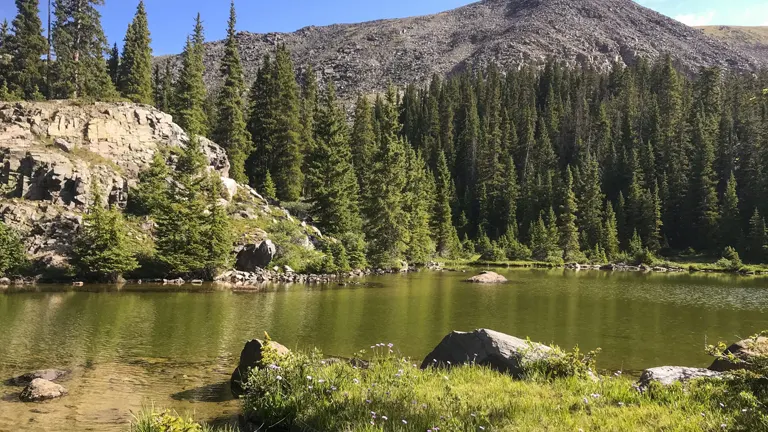
Whether you’re seeking the thrill of hiking and mountain biking or the peace of wildlife watching and fishing, Gunnison’s diverse ecosystem and endless outdoor activities promise memorable experiences for all. Explore the essence of Colorado’s wilderness in the vast expanse of Gunnison National Forest.
Characterizing Features of Gunnison National Forest
- Diverse Ecosystems: Gunnison National Forest spans a range of ecosystems from sagebrush valleys to alpine tundra. This diversity supports a rich array of flora and fauna, creating a mosaic of habitats. The variation in elevation, precipitation, and temperature across different parts of the forest contributes to the complexity of these ecosystems, making it a fascinating area for ecological study and outdoor exploration.
- Rugged Terrain: The forest is known for its rugged and varied terrain, featuring everything from towering mountain peaks to deep canyons. This challenging landscape is a haven for adventurers seeking to hike, climb, or simply marvel at the natural beauty of the Colorado Rockies. The West Elk Mountains and the Elk Mountains within the forest boundaries offer some of the most breathtaking vistas and rugged hiking trails in the state.
- Water Features: Gunnison National Forest is home to an abundance of water features, including pristine alpine lakes, fast-flowing rivers, and tranquil streams. These water bodies not only add to the scenic beauty of the area but also provide habitat for wildlife and recreational opportunities for fishing, kayaking, and rafting. The Taylor and Gunnison Rivers, in particular, are renowned for their excellent trout fishing.
- Wildflower Meadows: During the spring and summer months, the forest’s meadows burst into a vibrant display of wildflowers. This natural spectacle attracts photographers, nature enthusiasts, and botanists keen to see and study the array of colors. Areas like Crested Butte, known as the “Wildflower Capital of Colorado,” become particularly popular during the bloom season.
- Wildlife Habitat: The varied habitats within Gunnison National Forest support a wide range of wildlife species, from large mammals like elk, black bears, and mule deer to smaller creatures and a variety of bird species. This makes the forest a prime location for wildlife watching and photography, offering visitors the chance to observe animals in their natural surroundings.
- Recreational Opportunities: The forest is a playground for outdoor enthusiasts, offering a wide range of recreational activities. Whether it’s hiking, mountain biking, fishing, camping, or skiing in the winter months, Gunnison National Forest provides ample opportunities for visitors to engage with the natural environment and enjoy the great outdoors.
History of Gunnison National Forest
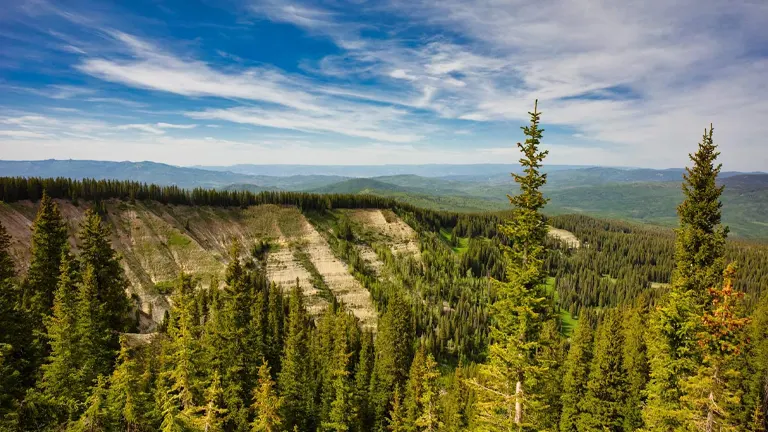
Gunnison National Forest, established in 1905, encompasses a significant portion of Colorado’s rugged and diverse landscape. Its creation was part of a broader movement in the early 20th century aimed at preserving the United States’ rapidly diminishing forests, prompted by concerns over unregulated logging, mining, and grazing. Over the years, Gunnison has expanded its boundaries and now covers over 1.6 million acres, serving as a critical habitat for a wide range of flora and fauna, as well as a recreational haven for outdoor enthusiasts. The forest’s management practices have evolved to balance conservation efforts with recreational and commercial uses, ensuring the preservation of its natural resources for future generations. This approach reflects the ongoing commitment to safeguarding America’s wilderness areas while allowing for sustainable use and enjoyment by the public.
Unique Ecosystem of Gunnison National Forest
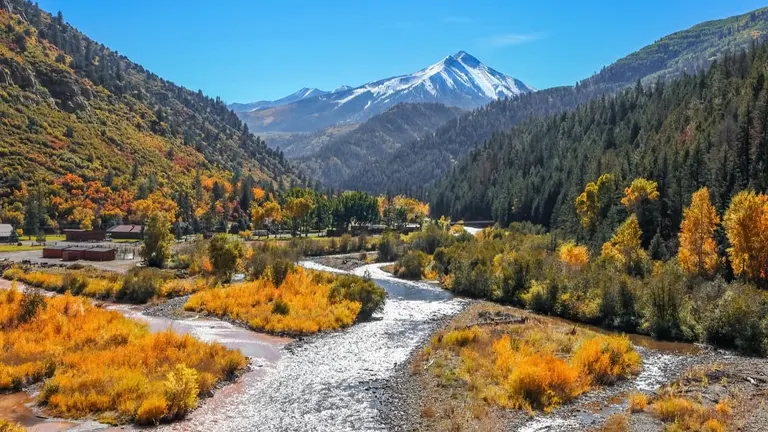
The unique ecosystem of Gunnison National Forest is characterized by its remarkable diversity, spanning from arid sagebrush lands to lush alpine forests and meadows. This range of habitats supports a rich biodiversity, including endemic plant species and a variety of wildlife such as elk, black bears, and rare bird species like the Gunnison sage-grouse. The ecosystem’s complexity is further enhanced by the presence of high-altitude environments, which create unique ecological niches. This biodiversity is not only a testament to the natural wealth of the area but also a crucial component for ecological research and education, making Gunnison National Forest a living laboratory for studying mountain ecosystems and conservation strategies.
Location of Gunnison National Forest
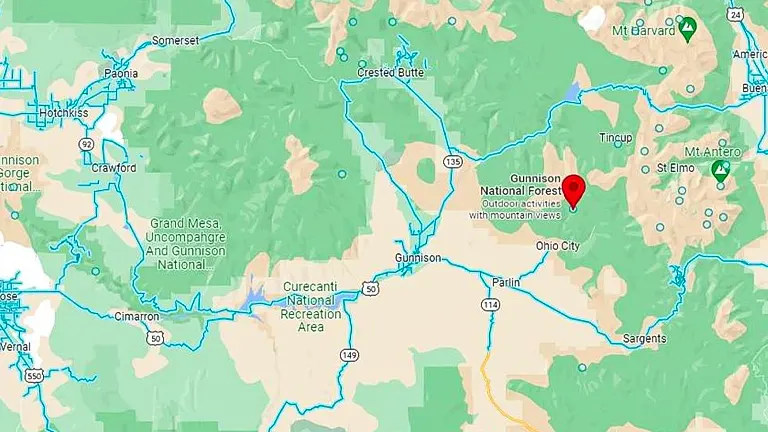
Gunnison National Forest is located in western Colorado, USA, encompassing over 1.6 million acres of land that stretches across several counties, including Gunnison, Hinsdale, and Saguache. It is situated to the west of the Continental Divide, offering a diverse landscape that ranges from rugged mountains and vast wilderness areas to verdant forests and meadows. The forest is accessible from nearby towns such as Gunnison and Crested Butte, serving as a critical natural resource and recreational destination within the Rocky Mountains region. Its location provides a backdrop for a variety of outdoor activities and contributes significantly to the conservation of the area’s natural beauty and biodiversity.
Here’s a guide on how to reach Gunnison National Forest, with specific directions:
By Car from Denver:
- Take I-70 West to US-24 West toward Leadville.
- Continue on US-24, then turn right onto CO-82 West over Independence Pass (note: closed in winter).
- In Twin Lakes, take US-24 West to Buena Vista, then follow US-285 South to Poncha Springs, and turn right onto US-50 West to Gunnison.
- From Gunnison, access points to the forest are well-marked along US-50 and CO-135.
From Colorado Springs:
- Take US-24 West to CO-285 South.
- Follow CO-285 to Poncha Springs, then take US-50 West to Gunnison.
- Various access points to the National Forest are available north and south of Gunnison along US-50 and CO-135.
By Air:
- Fly into Gunnison-Crested Butte Regional Airport (GUC).
- Car rentals are available at the airport for the short drive into the National Forest.
From Montrose:
- Take US-50 East towards Gunnison.
- This route provides access to the western parts of Gunnison National Forest.
Public Transportation:
- While direct public transportation to the forest is limited, there are shuttle services from Gunnison and Crested Butte to various trailheads and recreational sites within the forest during peak tourist seasons.
By Bike or Hiking:
- For the adventurous, numerous bike routes and hiking trails lead into the forest from surrounding towns like Gunnison and Crested Butte. Ensure you have a map and are prepared for backcountry travel.
The Importance of Conservation and Recreation in Gunnison National Forest
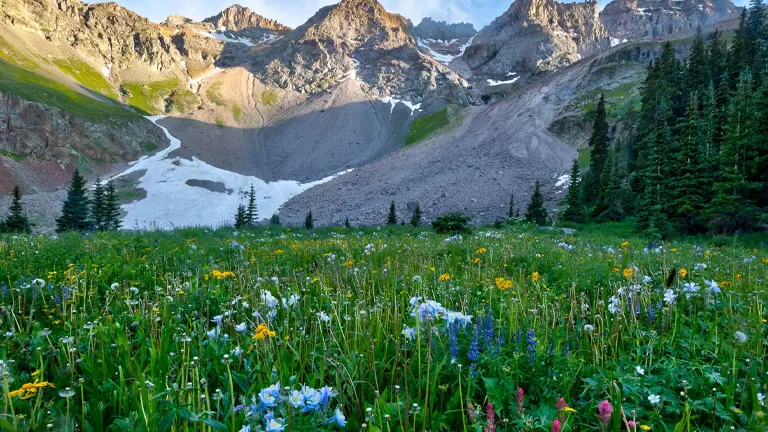
The importance of conservation and recreation in Gunnison National Forest cannot be overstated, As these dual focuses are integral to its management and use. Conservation efforts ensure the protection of its unique ecosystems, wildlife habitats, and natural resources, safeguarding them against threats such as climate change, invasive species, and human encroachment. Simultaneously, recreational activities are carefully managed to provide public enjoyment of the forest’s natural beauty while promoting environmental awareness and stewardship. This balance supports sustainable tourism and recreation, which in turn contributes to the local economy and the overall well-being of communities, highlighting the forest’s role as a valuable asset for both conservation and recreational purposes.
Diverse Vegetation and Plant Species in Gunnison National Forest
- Quaking Aspen (Populus tremuloides): These iconic trees are easily recognizable by their white bark and trembling leaves. Aspens are particularly noted for their brilliant yellow and gold colors in the fall, creating stunning landscapes throughout the forest.
- Engelmann Spruce (Picea engelmannii): This high-altitude conifer is prevalent in cooler, moist areas of the forest. Its ability to thrive in harsh mountain environments makes it a key species in Gunnison’s ecosystem, providing habitat for various wildlife.
- Subalpine Fir (Abies lasiocarpa): Found at higher elevations, these firs are adapted to snowy environments, forming dense forests that are essential for maintaining the forest’s biodiversity and offering shelter to numerous animal species.
- Colorado Blue Columbine (Aquilegia caerulea): The state flower of Colorado, this striking blue and white flower, thrives in the moist, shaded areas of the forest. Its presence adds a splash of color to the landscape and attracts a variety of pollinators.
- Wild Iris (Iris missouriensis): These beautiful purple flowers are commonly found in wet meadows and along streams. They bloom in the spring and early summer, adding to the forest’s floral diversity.
- Lodgepole Pine (Pinus contorta): Characterized by its tall, straight growth, the lodgepole pine is a vital species for the forest ecosystem. It not only provides timber and habitat but also plays a crucial role in fire regeneration processes.
- Sagebrush (Artemisia tridentata): In the lower, drier regions of the forest, sagebrush dominates the landscape. This hardy plant is a critical food source for wildlife, especially in winter, and adds to the forest’s unique aroma.
- Mountain Mahogany (Cercocarpus montanus): This tough, drought-resistant shrub is found in the forest’s lower elevations. It provides important cover and food for wildlife, and its hard wood was historically used by Native Americans for tools.
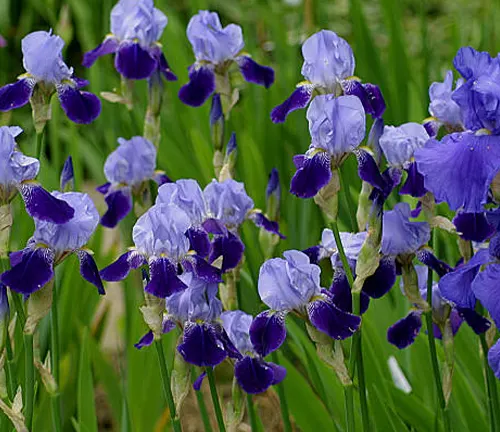

Fauna in Gunnison National Forest
- Elk (Cervus canadensis): These majestic animals are a common sight in the forest, especially in meadows and open valleys. Elk are essential to the ecosystem, as they help control vegetation and serve as a key food source for predators.
- Black Bear (Ursus americanus): The forest’s dense habitats provide a perfect home for black bears. While they are often shy and elusive, sightings are more common in spring and early summer as bears emerge from hibernation in search of food.
- Mule Deer (Odocoileus hemionus): Characterized by their large ears and black-tipped tails, mule deer are prevalent throughout Gunnison National Forest. They adapt well to both forested and open environments, playing a crucial role in the food chain.
- Bald Eagle (Haliaeetus leucocephalus): This iconic bird of prey can often be spotted soaring above water bodies or perched in tall trees. Bald eagles are a symbol of wilderness and conservation success stories.
- Gunnison Sage-Grouse (Centrocercus minimus): A species of concern, the Gunnison sage-grouse is found in areas of sagebrush within the forest. Efforts are underway to protect its habitat and ensure the survival of this unique bird.
- Rocky Mountain Bighorn Sheep (Ovis canadensis canadensis): The rugged terrain of the forest provides an ideal habitat for these impressive animals. They are known for their large, curved horns and can often be seen on rocky outcrops.
- Mountain Lion (Puma concolor): Also known as cougars, these elusive predators are top of the food chain in Gunnison National Forest. They roam vast territories and are essential for maintaining healthy ecosystems by controlling prey populations.
- Beaver (Castor canadensis): Beavers play a crucial role in creating wetlands, which serve as habitats for numerous other species. Their dams can be found along streams and rivers, showcasing their engineering skills.
- American Pika (Ochotona princeps): These small, mountain-dwelling mammals are adapted to high altitudes and can be spotted among rocky talus slopes. Pikas are sensitive to temperature changes, making them an indicator species for climate change impacts.
- Trout Species (Family: Salmonidae): The forest’s clean, cold streams and lakes are home to various trout species, including rainbow (Oncorhynchus mykiss), brown (Salmo trutta), and native cutthroat trout (Oncorhynchus clarkii). They are not only key to the aquatic food web but also highly sought after by anglers.
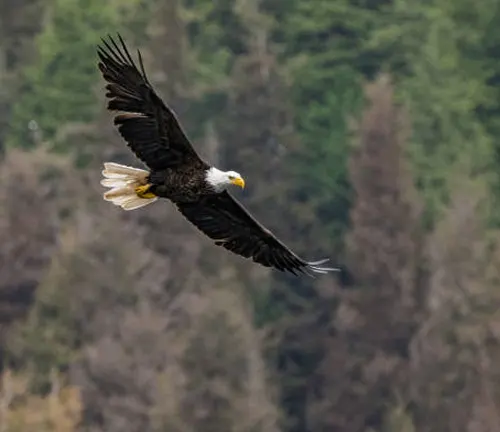
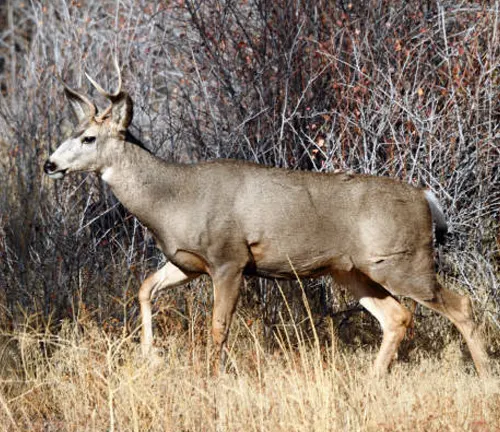
Attractions in Gunnison National Forest
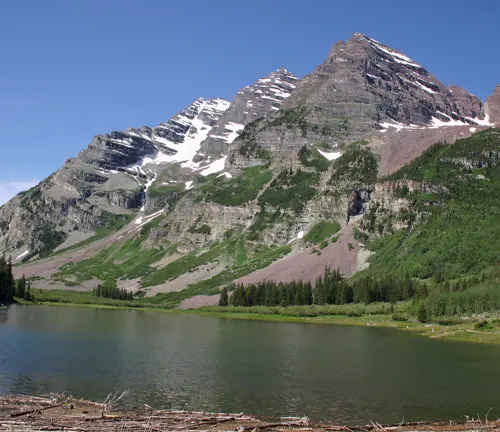
Maroon Bells-Snowmass Wilderness: This iconic wilderness area is home to the Maroon Bells, two of the most photographed peaks in North America. The area’s stunning alpine scenery, glacial valleys, and vibrant wildflower displays make it a must-visit for nature lovers. Hiking trails range from easy walks to challenging backcountry routes, offering breathtaking views and opportunities to spot wildlife.
Black Canyon of the Gunnison: Although primarily located in the adjacent Black Canyon of the Gunnison National Park, the steep, dramatic cliffs of the Black Canyon extend into Gunnison National Forest. The canyon offers spectacular vistas, rock climbing, and hiking trails that descend into its depths, where the Gunnison River carves through some of the steepest and oldest rock formations on the planet.
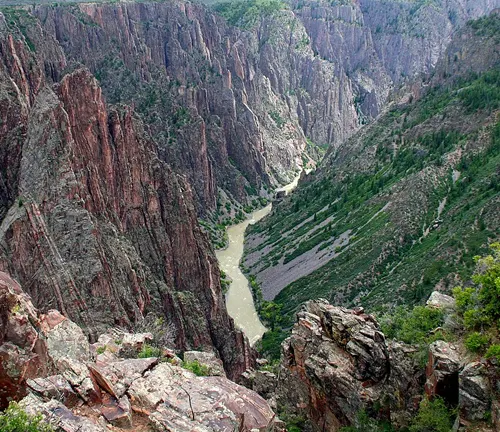
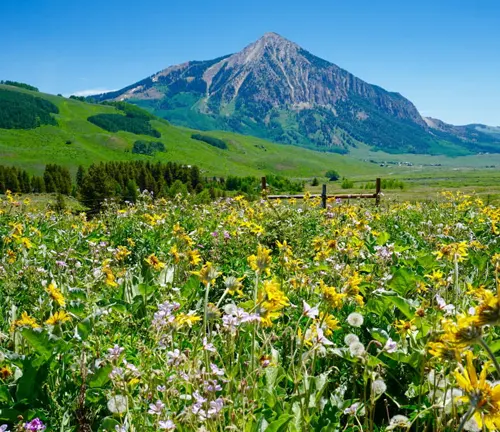
Crested Butte Wildflower Festival: Celebrated annually in July, this festival showcases the forest’s reputation as the “Wildflower Capital of Colorado.” Visitors can partake in guided hikes, photography workshops, and garden tours to see and learn about the area’s abundant wildflowers, including the Colorado blue columbine, lupines, and Indian paintbrush.
Taylor River: The Taylor River is a haven for anglers and whitewater enthusiasts. It offers some of the best trout fishing in the state, with opportunities to catch rainbow, brown, and cutthroat trout. The river’s rapids also provide thrilling whitewater rafting and kayaking experiences, suitable for a range of skill levels.
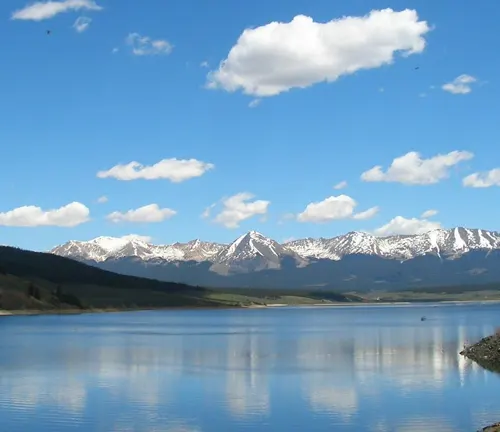
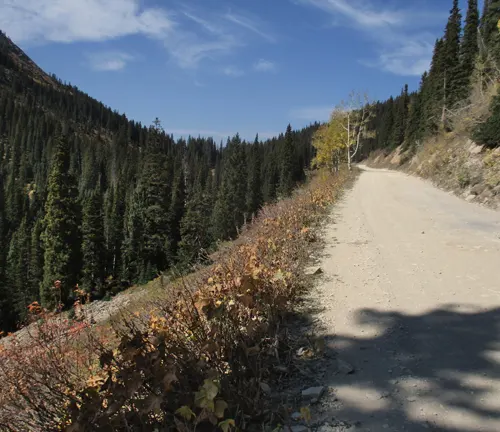
Ohio Pass: Known for its breathtaking views, especially in the fall when the aspen trees turn golden, Ohio Pass is a popular scenic drive. The pass connects Gunnison with Crested Butte via a winding dirt road that offers picturesque views of the West Elk Mountains, making it perfect for photography and nature drives.
Hartman Rocks Recreation Area: Just a few miles southwest of Gunnison, Hartman Rocks offers a playground for mountain bikers, rock climbers, hikers, and off-road vehicle enthusiasts. Its unique landscape of sagebrush and granite outcrops provides trails and routes that cater to all levels of ability and adventure.
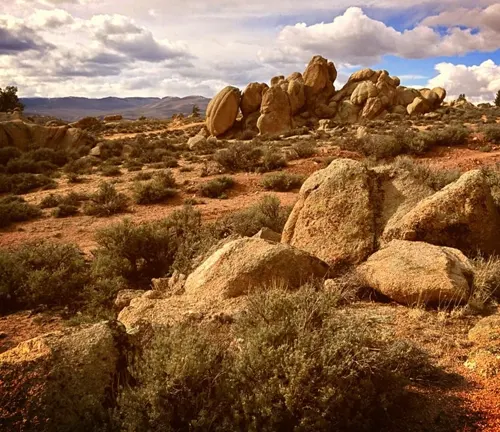
Recreational Activities in Gunnison National Forest
- Hiking: Gunnison National Forest offers an extensive network of trails that cater to all skill levels, from gentle walks through aspen groves to challenging hikes up rugged peaks. Trails like those in the Maroon Bells-Snowmass Wilderness offer unforgettable scenic vistas and opportunities to observe wildlife in their natural habitat.
- Mountain Biking: With areas like Hartman Rocks, the forest is a prime destination for mountain bikers. Its varied terrain offers everything from technical singletrack to smoother rides through meadows and forests, making it suitable for both beginners and experienced bikers.
- Fishing: The clear streams and lakes within the forest are abundant with trout, including rainbow, brown, and the native cutthroat trout. Anglers can enjoy the tranquility of fly fishing in backcountry settings or accessible spots near campgrounds.
- Camping: Gunnison National Forest features numerous campgrounds that cater to a range of camping experiences, from primitive backcountry sites to those with amenities like fire rings, picnic tables, and restrooms. Camping allows visitors to immerse themselves in the forest’s natural beauty overnight.
- Wildlife Watching: The diverse ecosystems of the forest are home to an array of wildlife, including elk, black bears, and mule deer. Birdwatchers can also find a variety of species, from the majestic bald eagle to the elusive Gunnison sage-grouse, making it a rewarding activity for nature enthusiasts.
- Winter Sports: In the colder months, the forest transforms into a winter wonderland, offering activities such as snowshoeing, cross-country skiing, and snowmobiling. The quiet of the snowy landscape provides a unique perspective on the forest’s beauty.
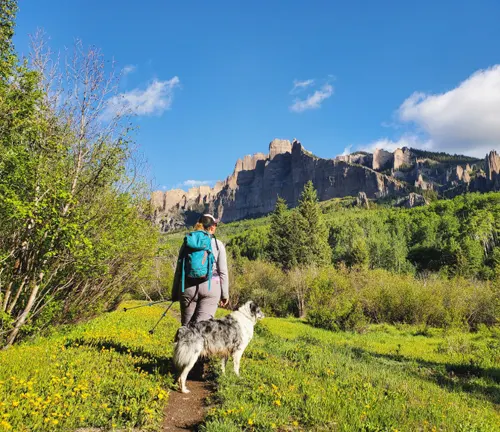
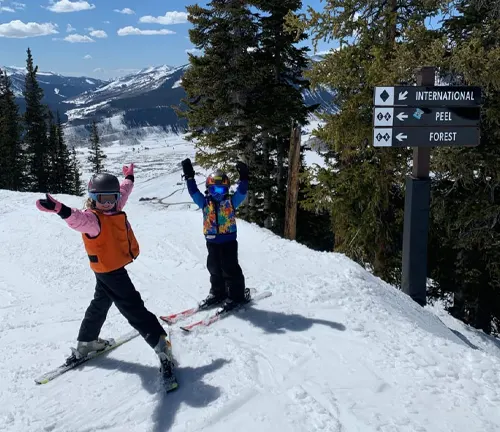
Different Facilities and Amenities in Gunnison National Forest
- Campgrounds: The forest’s campgrounds range from developed sites with RV hookups and restroom facilities to primitive sites for a more rustic experience. These are strategically located to provide easy access to hiking trails, fishing spots, and scenic views.
- Picnic Areas: Many areas within the forest are equipped with picnic tables and grills, making them perfect for family outings or a peaceful lunch in nature. These areas often offer scenic vistas or are situated by streams.
- Visitor Centers: Visitor centers, such as the one at Gunnison Ranger District, provide maps, educational exhibits, and information about the forest. Rangers can offer advice on trails, wildlife viewing opportunities, and current conditions.
- Trailheads with Parking: Well-marked trailheads are equipped with parking areas, making it convenient for visitors to access the forest’s extensive trail network for hiking, biking, or horseback riding.
Tips and Advice for Visiting Gunnison National Forest
- Check the Weather: Weather in the mountains can change rapidly. Visitors should check the forecast before heading out and be prepared for varying conditions by dressing in layers and carrying rain gear.
- Practice Leave No Trace: To help preserve the beauty and integrity of the forest, visitors should follow Leave No Trace principles. This includes packing out all trash, respecting wildlife, and minimizing the impact on natural resources.
- Be Bear Aware: Proper food storage and disposal are crucial in bear country. Use bear-proof containers and keep food out of reach to prevent encounters with bears and other wildlife.
- Stay on Designated Trails: To protect the forest’s ecosystems and your own safety, it’s important to stay on marked trails while hiking or biking. Venturing off-trail can damage sensitive habitats and increase erosion.
- Prepare for Altitude: Many areas of the forest are at high elevation. Visitors should acclimate to the altitude gradually to avoid altitude sickness and drink plenty of water to stay hydrated.
- Respect Fire Regulations: Fire restrictions are often in place, especially during dry conditions. Always check the current fire regulations before lighting a campfire and never leave a fire unattended.
Recommendation
For those seeking the quintessential Colorado experience, a visit to Gunnison National Forest is a must. Whether you’re an avid hiker, a wildlife enthusiast, or simply someone who appreciates the beauty of nature, Gunnison has something to offer.
Conclusion
Gunnison National Forest is a quintessential example of Colorado’s diverse and majestic wilderness. Offering a plethora of outdoor activities set against a backdrop of stunning landscapes, it caters to adventurers and peace-seekers alike. Its significance goes beyond recreation, serving as a vital natural habitat and a testament to the importance of conservation. For anyone looking to experience the essence of the Rocky Mountains, Gunnison National Forest is an indispensable destination, encapsulating the beauty and spirit of the great outdoors.
FAQs
- Is there a best time of year to visit Gunnison National Forest?
The best time to visit depends on your interests. Summer offers wildflower blooms and ideal hiking conditions, while fall showcases stunning autumn colors. Winter is perfect for snow sports like cross-country skiing and snowshoeing. - Can I bring my pet to Gunnison National Forest?
Yes, pets are welcome but must be kept on a leash in developed areas such as campgrounds and picnic areas to ensure the safety of wildlife and other visitors. - Are there any entrance fees for Gunnison National Forest?
There are no entrance fees for the majority of Gunnison National Forest. However, certain recreational activities and amenities, like camping or using specialized facilities, may require a fee. - What kind of wildlife might I see in the forest?
Visitors might see elk, mule deer, black bears, and various bird species. Remember to observe wildlife from a distance and never feed them. - Are campfires allowed in the forest?
Campfires are allowed in designated areas and campgrounds, but it’s important to check for any current fire restrictions due to dry conditions. Always fully extinguish fires before leaving. - Can I fish in Gunnison National Forest? What kind of license do I need?
Fishing is a popular activity, with many streams and lakes stocked with trout. A Colorado fishing license is required for anyone 16 years and older, which can be purchased online or at local retailers. - What should I do if I encounter a bear?
If you encounter a bear, do not run. Speak calmly and firmly, make yourself appear larger by raising your arms, and slowly back away. Never approach or feed bears. - Are there guided tours or ranger-led programs in the forest?
Yes, during the summer months, ranger-led programs and guided tours are available, offering insights into the forest’s ecology, history, and conservation efforts. Check the forest’s official website or visitor centers for schedules.
Gunnison National Forest is a place of wonder and adventure, a natural sanctuary where the beauty of the Rocky Mountains can be experienced in its purest form. Whether you’re exploring its vast wilderness for the first time or returning to discover new treasures, Gunnison awaits with open arms and endless possibilities.


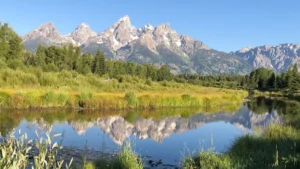
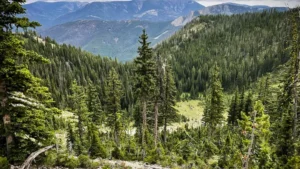
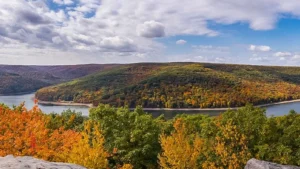
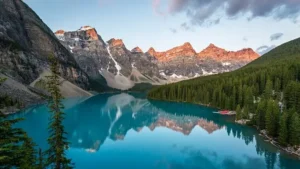
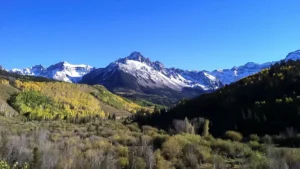
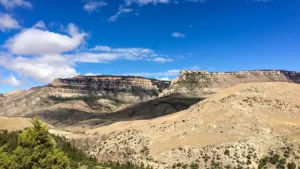
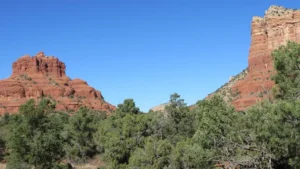
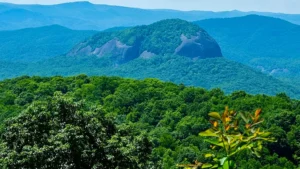
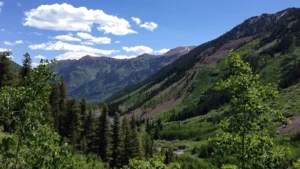

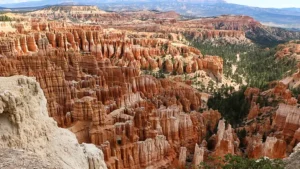
Leave your comment